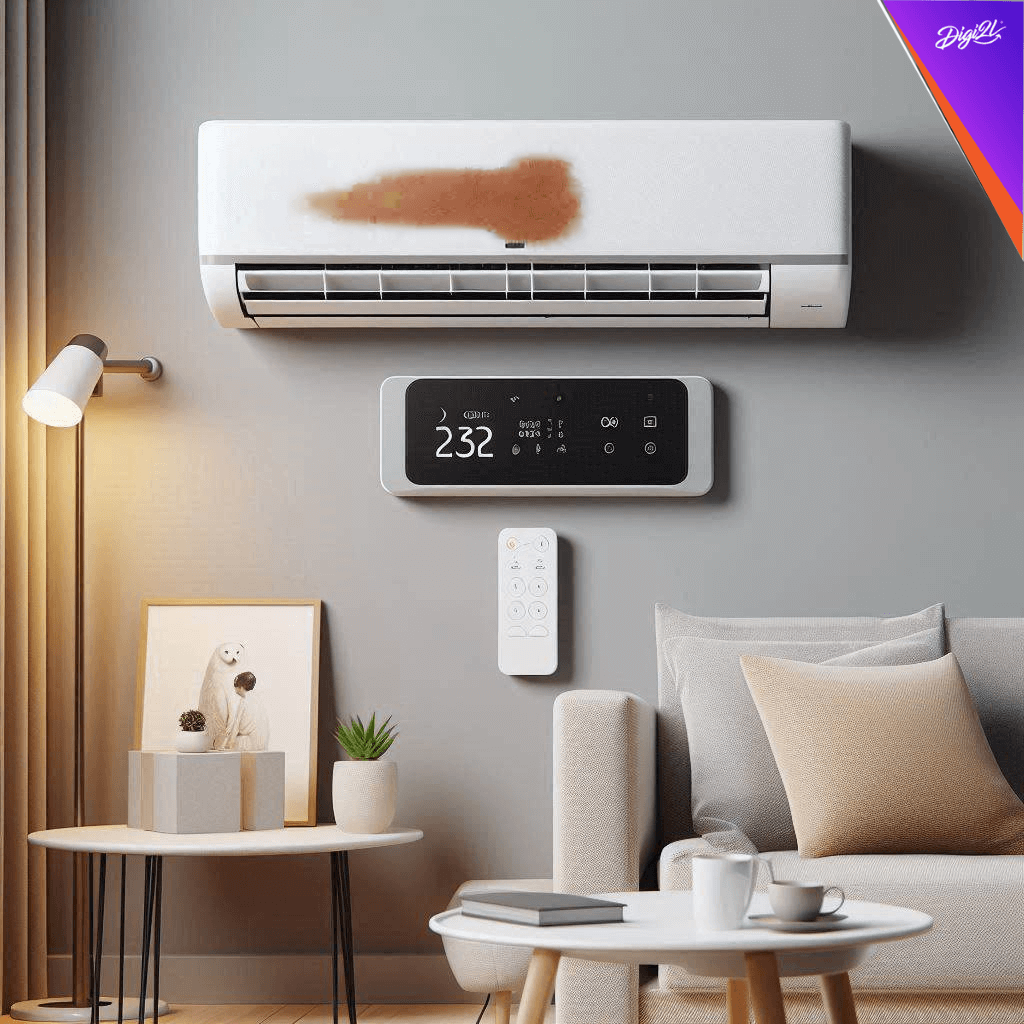
Let’s learn to disinfect our home appliances & know some eco-friendly DIY recipes for the same too!
Disinfecting home appliances is a crucial aspect of maintaining a clean and healthy living environment, especially in high-touch areas prone to accumulating germs and bacteria. Each household appliance requires specific care and cleaning methods to ensure effective disinfection without causing damage. Starting with the refrigerator, it’s essential to unplug the appliance, remove all food items and shelves, wash them with warm, soapy water, and then wipe down the interior surfaces with a suitable disinfectant solution. This ensures that any lingering bacteria or spills are thoroughly cleaned, promoting food safety and preventing unpleasant odors. Microwaves can be disinfected by wiping down the exterior surfaces with a disinfectant solution and using steam to loosen food particles inside. Ovens and stoves require following the manufacturer’s instructions for cleaning, including removing grates and burner covers, and using appropriate cleaners to ensure a thorough disinfection. Similarly, dishwashers and washing machines need regular cleaning to prevent mold and bacteria buildup. This involves running cleaning cycles with specialized cleaners and wiping down the exteriors with disinfectant solutions to maintain hygiene and prevent foul odors. Even smaller appliances and electronics such as toasters, blenders, TV remotes, and game controllers require attention. It’s essential to unplug these devices before cleaning, wash removable parts with warm, soapy water, and wipe down exteriors with disinfectant solutions or wipes to remove germs and dirt effectively. For those interested in eco-friendly cleaning alternatives, homemade disinfectants using natural ingredients can be a great option. Vinegar and water solutions, hydrogen peroxide mixes, citrus-infused vinegar cleaners, tea tree oil sprays, lemon juice and baking soda scrubs, and essential oil disinfectant sprays are effective alternatives. These solutions harness the natural antimicrobial properties of ingredients like vinegar, tea tree oil, and essential oils while minimizing exposure to harsh chemicals and reducing environmental impact. By adopting these cleaning and disinfection practices, individuals can create a clean and healthy home environment while also promoting sustainability and eco-friendliness. It’s important to always read and follow manufacturer instructions and test homemade solutions on small areas before widespread use to ensure effectiveness and safety.
Disinfecting home appliances is essential for maintaining a clean and healthy environment, especially in high-touch areas. Here’s a general guide on how to disinfect various home appliances:
- Refrigerator :
- Turn off and unplug the refrigerator
- Remove all the food items and shelves.
- Wash the shelves and drawers with warm, soapy water.
- Wipe down the interior surfaces with a disinfectant solution (mixing water and household bleach or using disinfectant wipes).
- Allow everything to air dry before placing the shelves and food back inside.
- Microwave :
- Wipe down the exterior with a disinfectant solution or disinfectant wipes.
- For the interior, place a bowl of water with lemon slices or vinegar inside and microwave it for a few minutes to create steam. This will help loosen any food particles.
- Carefully remove the bowl and wipe down the interior surfaces with a damp cloth or disinfectant wipes.
- Pay attention to the keypad and handle, as they are high touch areas.
- Oven/Stove :
- Follow the manufacturer’s instructions for cleaning.
- For the stovetop, remove grates and burner covers and wash them with warm, soapy water.
- Wipe down the exterior and interior surfaces with a suitable oven cleaner or a mixture of baking soda and water.
- For electric stoves, make sure to clean around the knobs and control panel.
- Dishwasher :
- Clean the filter according to the manufacturer’s instructions.
- Run a cleaning cycle with a dishwasher cleaner or a cup of vinegar placed on the top rack.
- Wipe down the exterior with a disinfectant solution or wipes, paying attention to the handle and control panel.
- Washing machine :
- Clean the detergent dispenser and door seal with warm, soapy water.
- Run a cleaning cycle with hot water and a washing machine cleaner or a cup of vinegar.
- Wipe down the exterior and control panel with a disinfectant solution or wipes.
- Small appliances (toaster, blender, coffee maker etc) :
- Unplug the appliance before cleaning.
- Wash removable parts with warm, soapy water.
- Wipe down the exterior with a disinfectant solution or wipes.
- Pay attention to buttons, handles, and knobs, as they are high-touch areas.
- Small electronics (TV remotes, game controllers etc) :
- Use disinfectant wipes or a cloth dampened with a disinfectant solution to wipe down surfaces.
- Pay attention to buttons and crevices where dirt and germs can accumulate.
Remember to always read and follow the manufacturer’s instructions for cleaning and disinfecting specific appliances to avoid damaging them.
Creating eco-friendly disinfectants for old home appliances is a great way to clean effectively while minimizing your environmental impact. Since Digi2l believes and strives in achieving green and eco friendly initiatives, we love to share here are some DIY recipes using natural ingredients:
- Vinegar and water solution :
- Mix equal parts of white vinegar and water in a spray bottle.
- Vinegar is naturally antimicrobial and helps to disinfect surfaces.
- It’s safe to use on most surfaces, but avoid using it on marble or granite countertops.
- Hydrogen Peroxide and water solution :
- Mix 1 part hydrogen peroxide (3%) with 2 parts water in a spray bottle.
- Hydrogen peroxide is a natural disinfectant that can kill bacteria, viruses, and mold.
- It’s effective for cleaning kitchen and bathroom surfaces.
- Citrus infused vinegar cleaner :
- Fill a jar with citrus peels (lemon, lime, or orange).
- Pour white vinegar over the peels until they are fully submerged.
- Let the mixture sit for about two weeks to infuse.
- Strain out the peels and dilute the infused vinegar with equal parts water before using.
- This cleaner combines the antimicrobial properties of vinegar with the pleasant scent of citrus.
- Tea tree oil spray :
- Mix 1 teaspoon of tea tree oil with 1 cup of water in a spray bottle.
- Tea tree oil has natural antimicrobial properties that can effectively kill germs.
- It’s safe to use on most surfaces, but it’s always a good idea to test in a small area first.
- Lemon juice and baking soda scrub :
- Make a paste using lemon juice and baking soda.
- Lemon juice has natural antibacterial properties and adds a fresh scent.
- Baking soda is abrasive and helps to scrub away dirt and grime.
- Use this paste to clean and disinfect surfaces like sinks, stovetops, and countertops.
- Essential oil disinfectant spray :
- Mix water with a few drops of essential oils like lavender, eucalyptus, or peppermint in a spray bottle.
- Essential oils have antimicrobial properties and can add a pleasant fragrance to your homemade disinfectant.
- Shake well before each use and spray onto surfaces, then wipe clean.
These homemade eco-friendly disinfectants are effective for cleaning home appliances and surfaces while reducing your exposure to harsh chemicals and minimizing environmental impact. Remember to label your bottles, keep them out of reach of children and pets, and test them on a small area before using them on sensitive surfaces.






